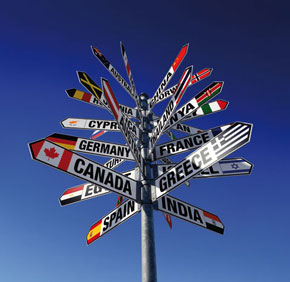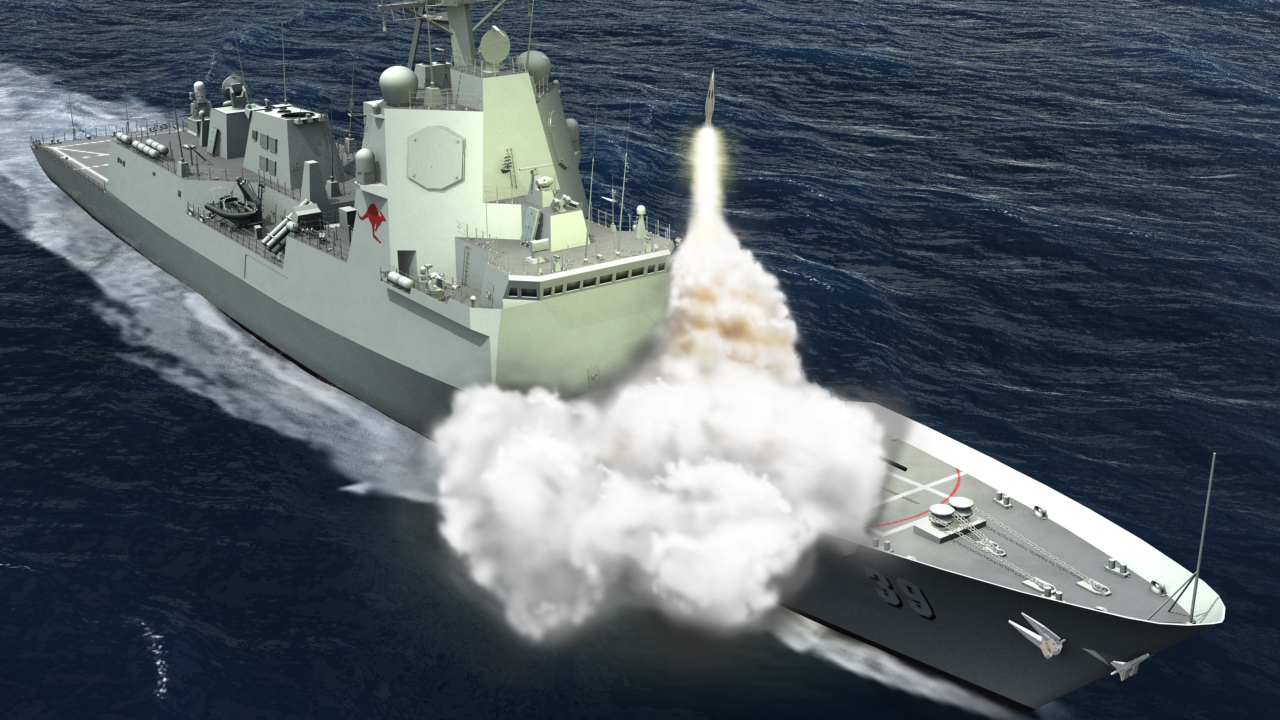The ‘aircraft carrier’ that isn’t: Japan’s new helicopter destroyer
 Recent commentary, including by Phil Radford here on The Strategist, has argued that Japan’s new Izumo (DDH22) ‘flat top destroyer’ is in fact the Maritime Self-Defense Force’s (MSDF) first, ‘mid-sized aircraft carrier’ since the Second World War. That’s because the 27,000 ton (full displacement) ship features a 248 metre flight deck which could be reconfigured to carry up to 12 F-35B, short take-off/vertical landing (STOVL) Joint Strike Fighters. In this view, the operational role of this ‘light aircraft carrier’ would be to provide air defence over the disputed Senkaku/Diaoyu Islands or even strikes against the Chinese mainland. In other words, the ship is about ‘upping the ante’ against Chinese maritime belligerence. But, while the Izumo certainly reflects a qualitative improvement for the MSDF, I’d argue that the ship doesn’t signal the return of the ‘Imperial Fleet’.
Recent commentary, including by Phil Radford here on The Strategist, has argued that Japan’s new Izumo (DDH22) ‘flat top destroyer’ is in fact the Maritime Self-Defense Force’s (MSDF) first, ‘mid-sized aircraft carrier’ since the Second World War. That’s because the 27,000 ton (full displacement) ship features a 248 metre flight deck which could be reconfigured to carry up to 12 F-35B, short take-off/vertical landing (STOVL) Joint Strike Fighters. In this view, the operational role of this ‘light aircraft carrier’ would be to provide air defence over the disputed Senkaku/Diaoyu Islands or even strikes against the Chinese mainland. In other words, the ship is about ‘upping the ante’ against Chinese maritime belligerence. But, while the Izumo certainly reflects a qualitative improvement for the MSDF, I’d argue that the ship doesn’t signal the return of the ‘Imperial Fleet’.
There’s an important distinction between ‘proper’ aircraft carriers, such as the Nimitz-class of the US Navy, the French Charles de Gaulle or the Chinese Liaoning, and large escort ships which can support STOVL jets but whose main purpose is either amphibious assault, such as the US Wasp-class, or antisubmarine warfare (ASW), and Japan’s Hyuga-class (16DDH) helicopter destroyer. Aircraft carriers allow for a larger range of air operations than a few jump jets. But even more important is their ability to perform a range of doctrinal roles that large escort ships can’t. Historically, such roles included: serving as the ‘eyes of the fleet’; as a ‘cavalry at sea’ to conduct hit-and run raids; as a ‘capital ship’ capable of defeating any other ship type; as a nuclear-strike platform; as an ‘airfield at sea’; and as a geopolitical chess piece. Most of these roles have become obsolete, and aircraft carriers are primarily used today as ‘airfields at sea’ to support land operations, as a symbol of national prestige and, more recently, to support humanitarian and disaster relief (HADR) operations. Read more









